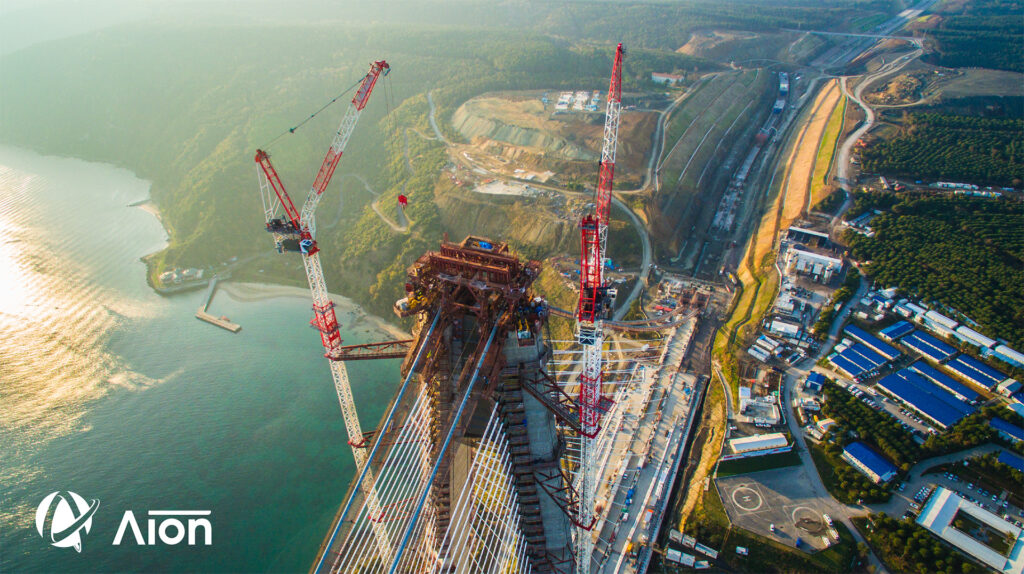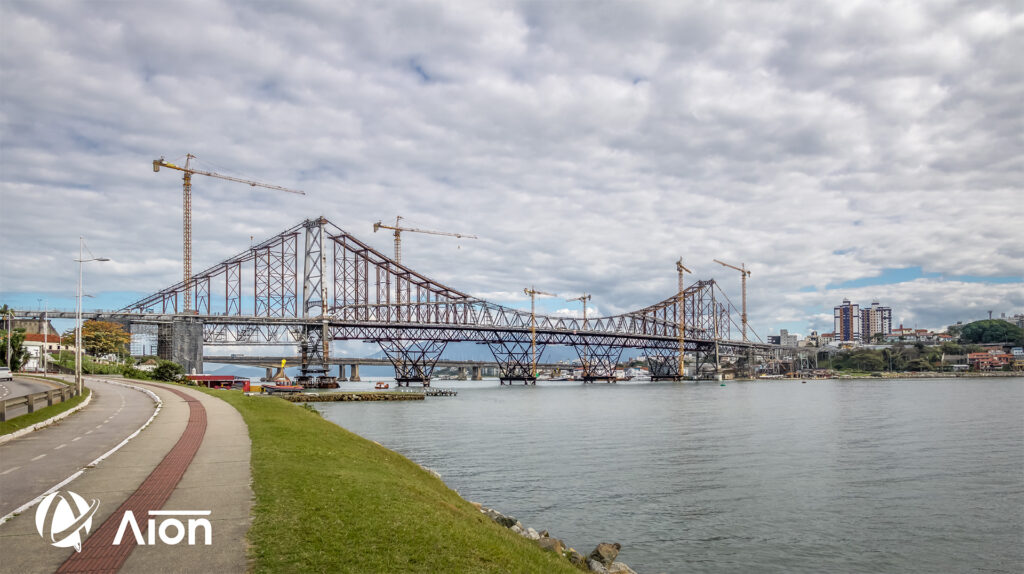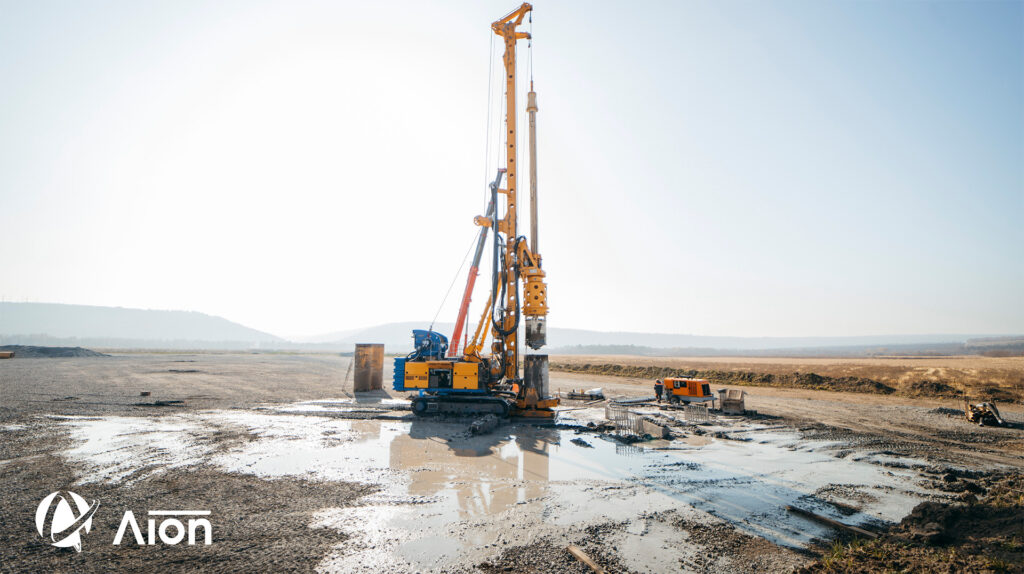Summary
Cathodic protection systems for long span bridge tower shafts in seawater are crucial for preventing corrosion and ensuring the structural integrity of these vital infrastructure elements. Due to the large scale of singular steel surfaces and the deep depths involved, both galvanic and impressed current cathodic protection systems are commonly employed. While these systems share similarities with jetty and port pile cathodic protection systems, they require special considerations due to the unique characteristics of bridge tower shafts.
Both galvanic and impressed current cathodic protection systems for long span bridge tower shafts in seawater address the unique challenges posed by the large-scale steel surfaces and deep depths. They aim to provide a protective electrical potential to prevent corrosion and extend the service life of these critical structures. The proper selection and installation of anodes, the design of electrical circuits, regular monitoring and maintenance are essential to ensure the long-term effectiveness of the cathodic protection systems for bridge tower shafts in seawater.
Evaluating the Cost-Effectiveness of Bridge Shafts CP System
- Initial Installation Costs
- Ongoing Maintenance and Operation Costs
- Corrosion Damage Costs
- Comparative Analysis
By considering the initial installation costs, ongoing maintenance expenses, potential corrosion damage costs and conducting a comparative analysis of alternative corrosion prevention methods, engineers and decision-makers can evaluate the cost-effectiveness of a CP system for bridge shafts. This evaluation helps determine the best approach to mitigate corrosion risks, protect the structural integrity of the bridge and optimise the use of financial resources.



